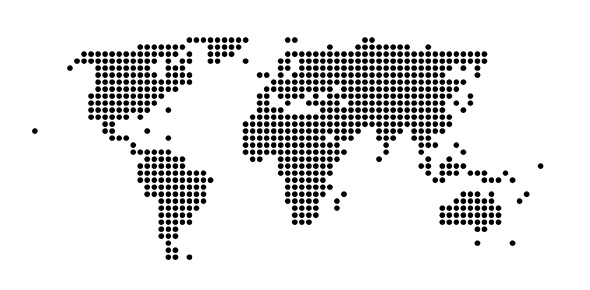New Employee Orientation Quiz
- OSHA
- HIPAA
- ISO 9001
2.
You may optionally provide this to label your report, leaderboard, or certificate.
×
Thank you for your feedback!
















